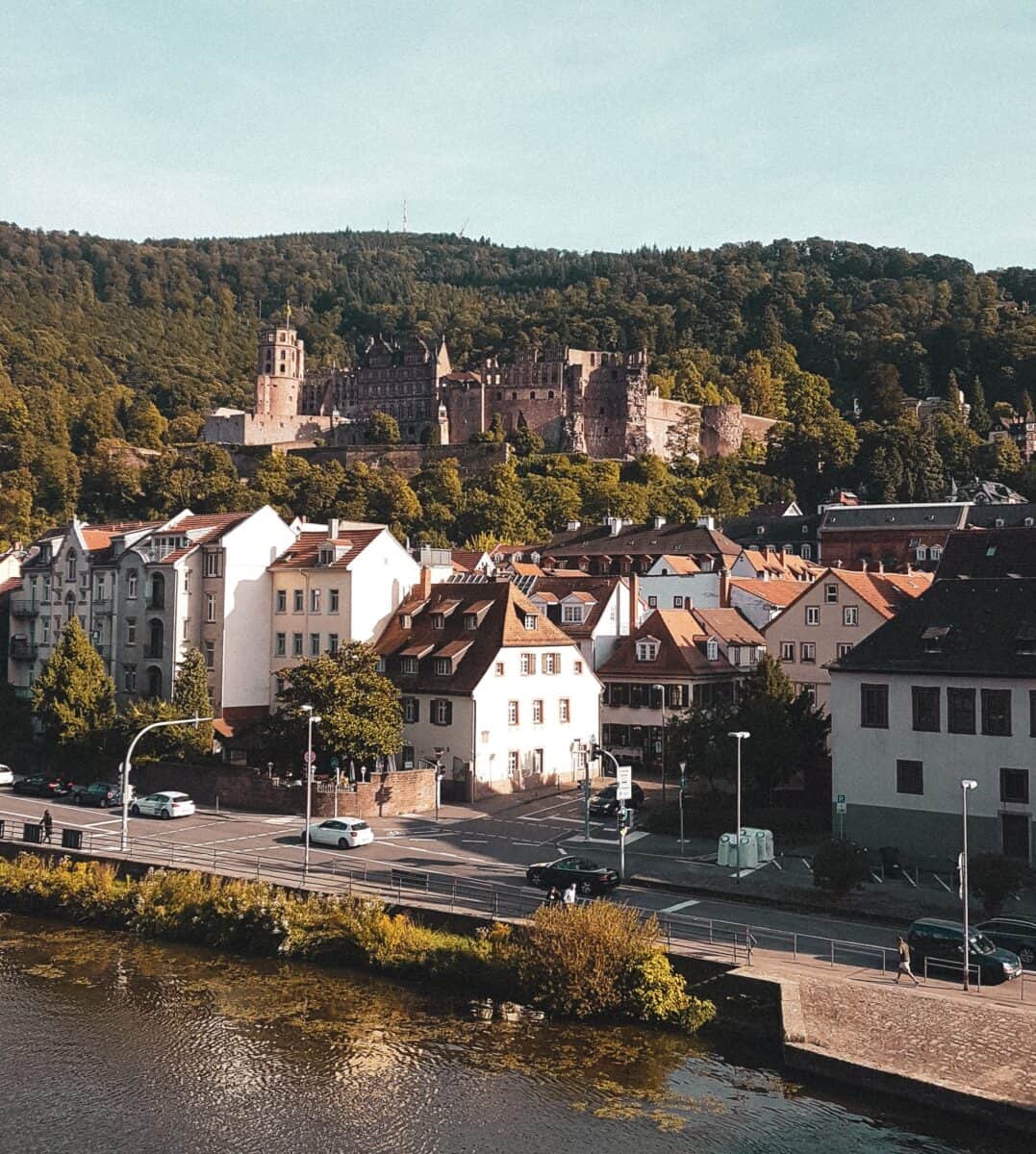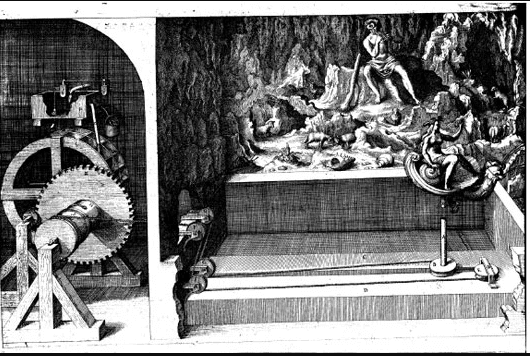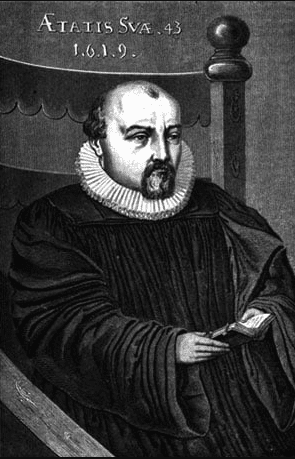Key Points:
- In 1611, Salomon de Caus, a French scientist and engineer, was invited by the Prince of Wales to build gardens at the Richmond Palace in London.
- In 1830, several French scientists mistakenly credited de Claus with inventing the steam engine.
- From 1613 till 1620, Salomon de Caus served Elector Friedrich V as an architect to part of the building of the gorgeous Heidelberg Castle.
Who Was Salomon de Caus?
Born in 1576, Salomon de Caus was a French scientist and engineer with various amazing skills, including designing, architecture, hydraulic engineering, and inventing. As a designer, he built several gardens, grottos, and fountains, spending most of his life moving across Europe.
Salomon was invited to London in 1611 by Henry, The Prince of Wales, to build elaborate gardens at Richmond Palace, London. As a first-timer in London, Salomon, of course, had a difficult time settling, attributed to the language and cultural differences. But that didn’t last. With time, he had blended and furthered his travels across multiple European nations.
Quick Facts
- Full Name
- Salomon de Caus
- Birth
- June 6, 1626
- Death
- June 6, 1626
- Net Worth
- N/A
- Children
- Guillaume
- Nationality
- French
- Place of Birth
- Dieppe, France
- Fields of Expertise
- [“Mathematics”,”Engineering”,”Music”,”Architect”]
- Institutions
- N/A
- Contributions
- Garden of the Palatinate, Automaton with singing birds, Description of the Organ Instrument
Generally, much isn’t known about Salomon de Claus as he basically disappeared from history for over two (2) centuries before reappearing around 1830 when he was falsely acknowledged by several French scientists as the inventor of the steam engine.
Salomon died on June 6, 1926, in Paris. The source/cause of his death isn’t available for public knowledge.
Early Life
Jean Salomon de Caus was born in 1576 in Dieppe, Normandy, into a Protestant family. The whole family moved to England, where Salomon obtained his education. However, where he got his basic education and whether he furthered it isn’t available for public knowledge.
From 1595 till 1598, de Caus visited Italy, where he observed the garden of Bernardo Buontalenti in Pratolino in Florence with the mechanical arts and the Villa d’Este at Tivoli, near Rome. Inspired by Pratolino, he designed several gardens and related structures, fountains, grottos, and machinery.
Career
Phase 1
Salomon de Caus observed the garden of Bernardo Buontalenti, Florence, and the Villa d’Este at Tivoli near Rome between 1595 and 1598. During this period, Salomon found most of his inspiration from Pratolino, designing several gardens and related structures, fountains, grottos, and machinery.
Phase 2
Salomon de Cause served as an engineer at the court of the Austrian Archduke Albert VII of Habsburg, governor of the Netherlands, and his wife Isabella in Brussels between 1598 and 1605. He became a Chief Engineer at the same court, serving from 1605 until 1610 before returning to England.
Phase 3
Salomon returned to England in 1610 to serve the court of King Charles I and of Henry, Prince of Wales, whom he taught at drawing. Together with the architect Constantino de’ Servi, he built water features and a picture gallery in Richmond Palace.
During this period, Salomon also built gardens in Greenwich Park, Wilton House near Salisbury in Wiltshire, Hatfield House in Salisbury, Somerset House, London, and some work in Richmond Park, Gorhamburry, Camden House in Kensington. He served there until 1613.
Phase 4
From 1613 till 1620, Salomon de Caus served as an architect and engineer of Elector Friedrich V in Heidelberg. Salomon was the architect of the part built under Frederick V at the Castle of Heidelberg. He was also the architect of Elisabethentors and the designer of Hortus Palatinus.

Phase 5
Salomon returned to Paris in 1620 working as “Engineer et Architecte du Roy” (Louis XIII) and was among others responsible for the sanitation and fountains. He worked as an architect and hydraulic engineer under Louis XIII from 1623 until his death in Paris in 1626.
What Is Salomon de Caus Known For?
Invention 1 – Water-Driven Swan
Salomon de Caus was notably known for his invention of the Water-Driven Sawn. The Water-Driven Sawn was an automaton that had singing birds.

Directly influenced by Heron of Alexandria’s Design, this machine featured singing birds that flutter and chirp while an owl turns slowly toward them. When the intimidating owl faces the birds, they fall silent, but as he turns away, they resume their ruckus.
Invention 2 – Hydraulic Grotto
Salomon de Caus was also famous for his detailed accounts of the mechanisms of hydraulic grottoes –small caves or caverns. In one, Galatea rides astride a big seashell drawn by two dolphins. Behind her, Cyclops has put his club aside to play on a flageolet while sheep gambol about.
The mechanism is made entirely of wood, driven by two waterwheels put in motion by jets of water from two pipes that emerge from a common reservoir.

The pipes have valves that open and close alternately by means of a system of counterpoises so that the wheelwork turns one way and then the other as Galatea and her dolphins move back and forth across the scene.
A third waterwheel, through a train of gear-wheels, drives a pinned barrel that is in turn connected with the keys of the flageolet.
Salomon de Caus: Marriage, Divorce, Children, and Personal Life
Marriage
Salomon de Caus married Esther Picart on April 16, 1606, when he was 30 years.
Children
Salomon and Esther had a son together named Guillaume. Guillaume was born on February 24, 1607, almost a year after their marriage.
Tragedy
Salomon de Caus died in Paris on February 28, 1626, aged 50 years.
Salomon de Caus Published Works and Books
Book 1
Salomon published the book Les Raisons Des Forces Mouvantes Avec Diverses Machines Tant Utiles Que Plaisantes, translated to English as “The Reasons for Moving Forces with Various Machines as Useful as Pleasant” in 1615.
It was an engineering treatise, which incorporated mechanical fountains, musical instruments, and other automata. His interest in these mechanical devices may have been influenced by the recovery of ancient texts by Heron of Alexandria around this time.
Up Next…
- The History of Alienware: The Most Famous Gaming Computer Where did the term Alienware come from? Why is it necessary? Read on to learn the details.
- What’s the Difference Between Hardware and Software Emulation? In this article, we break down the sometimes confusing subject of the differences between hardware and software emulation.
- Leonard Nutz – Complete Biography, History, and Inventions Learn about the American inventor Leonard Nice Nutz, responsible for inventing an early version of an adding machine.


